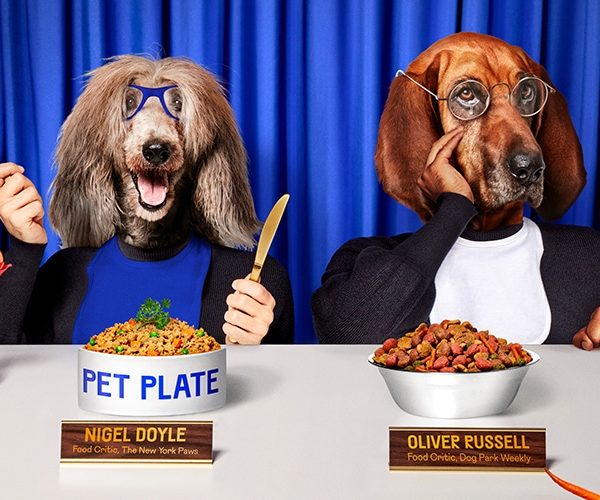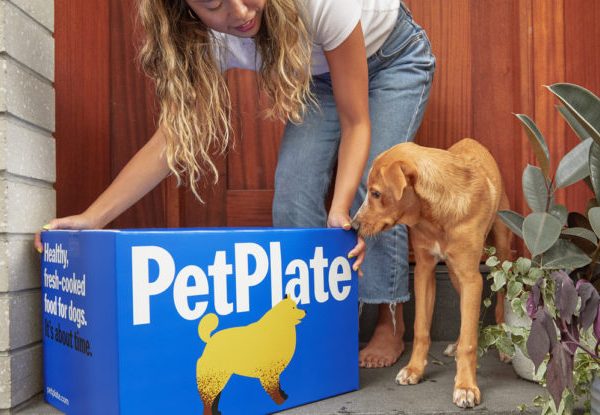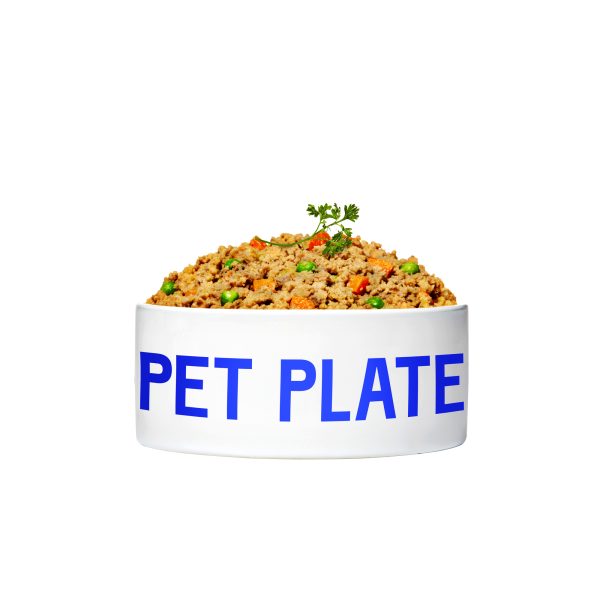
HOW DIRECT-TO-CONSUMER BRANDS ARE PLOTTING THEIR WAY TO YOUR DOG’S HEART
Via Adweek
No category, including pet care, is safe from DTC’s disruption
PetPlate was founded in 2016 and offers human-grade dog food.
Personal Instagram accounts, leather leashes and gourmet food. Dog influencers (yes, it’s a thing) lead very good lives. In the age of instant celebrity and dopamine-fueled likes and faves, dog owners are pushing a $72 billion industry.
According to the American Pet Products Association, U.S. pet owners spent about $72.56 billion on their pets in 2018, an 8.7% increase from $66.75 billion in 2016, and 68% of all U.S. households own a pet. Pet owners like to spoil their “children,” too. Food and treats account for 38% of all sales in the pet industry, with nonmedical services at 11% and veterinary services at 32%, per Packaged Facts, a consumer research company. With this type of growth, it’s no surprise that a 2018 Crunchbase report found that funding for pet startups increased by 334% from $67.2 million in 2012 to $291.8 million in 2017.
As the industry explodes, marketers are leaning into every demo, from young pups to old dogs and capitalizing on the recent trend of pet humanization. For example, PetPlate, which was founded in 2016, offers human-grade dog food, while dog lifestyle company Bark has the subscription sensation, BarkBox. Meanwhile, incumbent giant Petco is finding new ways to lure customers to its stores.
“We’re seeing brands paying attention to design and making things that consumers themselves would want to wear if they were a pet,” said Penn Whaling, senior strategist at PSFK, a retail research company. “It’s moving beyond just the basic offerings that you would find [at] these larger pet care retailers.”
Though more than half of millennials own a dog, according to research from TD Ameritrade, it’s not just urban, coastal millennials who are buying into these DTC brands. PetPlate, for example, which has shipped more than 3 million meals across the country since 2017, counts California, New York, Texas, Florida, New Jersey, Illinois and Georgia as its top revenue generating states.
Of course, the success and diversity of these DTC brands comes on the back of digital advertising on Facebook and Instagram.
Jonathan Regev, co-founder and CEO of Farmer’s Dog, said existing as a DTC company means the firm doesn’t compromise its food quality, like it would in a traditional retail setting or pre-social media. Social platforms also give DTC brands a chance to tap into self-forming communities of dog owners and pet lovers.
However, unlike other categories such as fashion or home, consumers don’t necessarily have an ingrained behavior to buy dogs anything other than regular kibble and try something customized, said Renaldo Webb, founder of PetPlate. That’s why the company uses media and influencer marketing to attract customers at the top of the funnel, while using targeting tools toward the middle of the funnel.
For its part, 54-year-old Petco said it isn’t trying to compete with these DTC brands in categories like food or accessories. Instead, it’s transforming its retail footprint by bringing veterinary and grooming services in-house, which Petco CMO Tariq Hassan said is one of the company’s core focuses and a “significant growth driver.”
By designing the store around a cohesive idea and not a one-stop-shop for all, Hassan said the company no longer sees itself as just a traditional retail business, but rather a business that is establishing a close relationship with pet parents.
“It’s not simply about having access to various numbers of services,” Hassan said. “It’s the way you bring those services together, along with the information of what [we] carry in [our] stores and that full picture of both the parent and their pet that we think is the big differentiator.”
To build that relationship, Petco’s playing nice with challenger brands like JustFoodForDogs. Last year, Petco announced it was remodeling select store locations to include exhibition kitchens where JustFoodForDogs can cook and serve premium dog food.
Of course, DTC brands are also friendly with legacy retail; select products from Bark are in Target and Urban Outfitters. Allison Stadd, vp of brand reach, said having that offline-online relationship lets Bark bring the brand to more customers across the country and listen to their needs. (The Bark team responds to every comment or review left on any Target review listing.)
“The biggest learning: Customers [who] were buying products across each of those channels of trade really need and want different things,” Stadd said. “So we’ve been able to listen really keenly to those insights and funnel that into the product development strategy, which has helped us reach even more people.”


